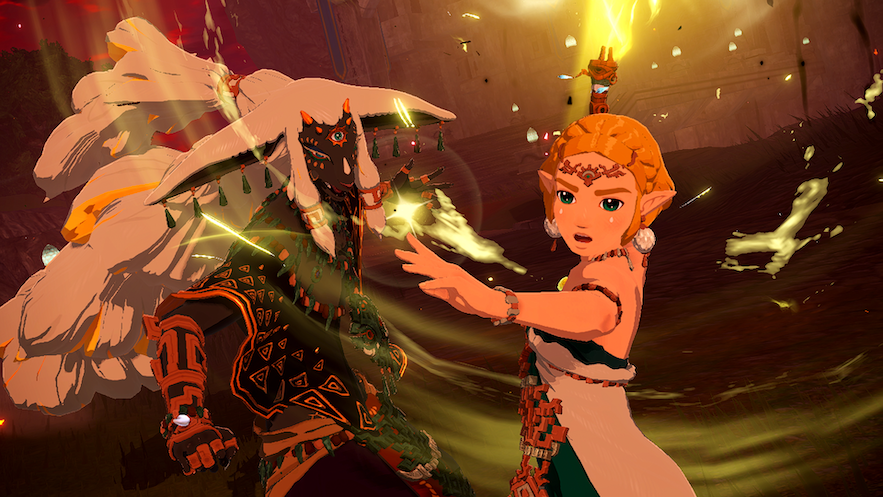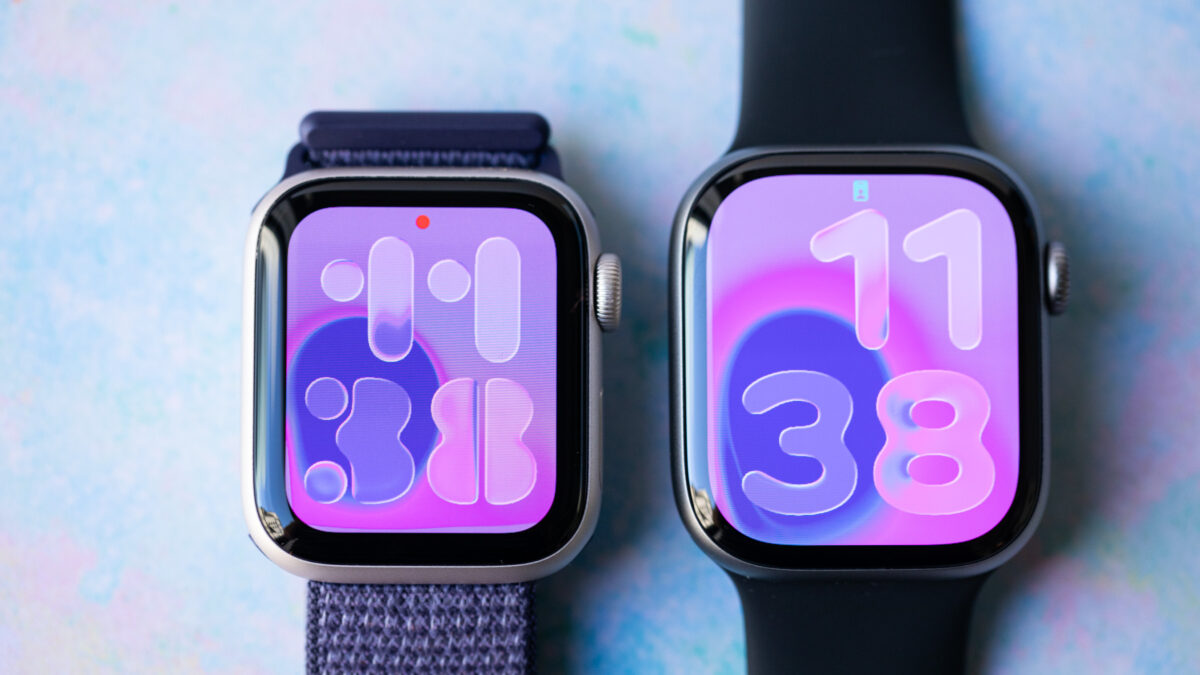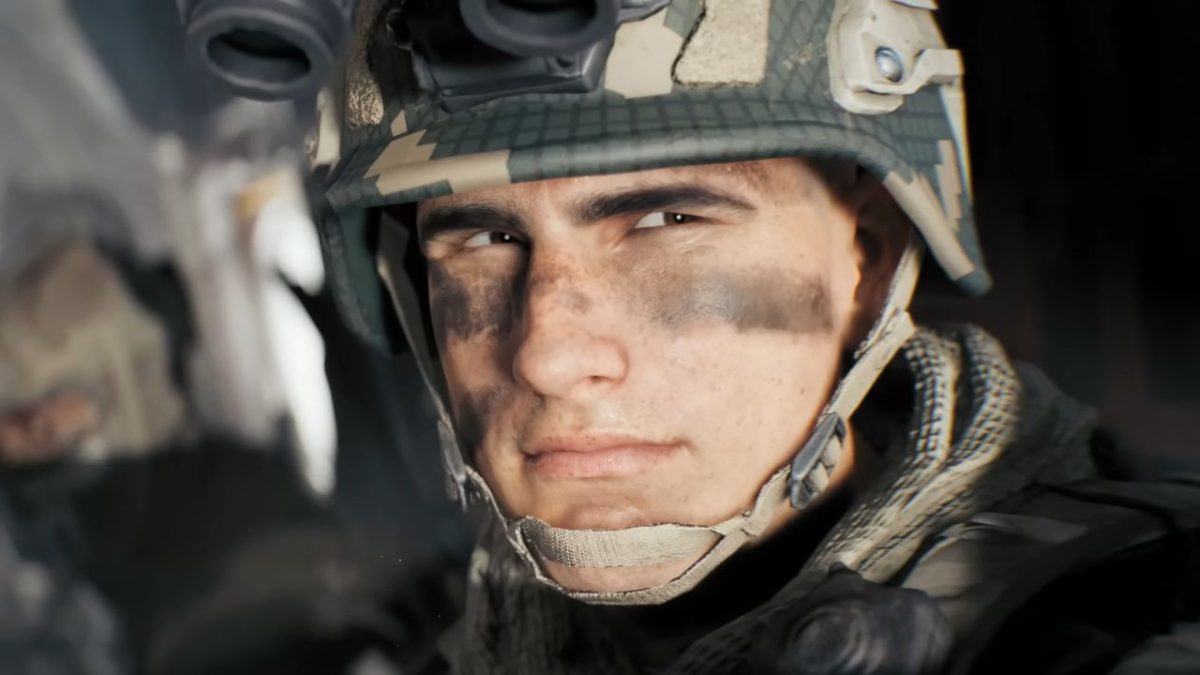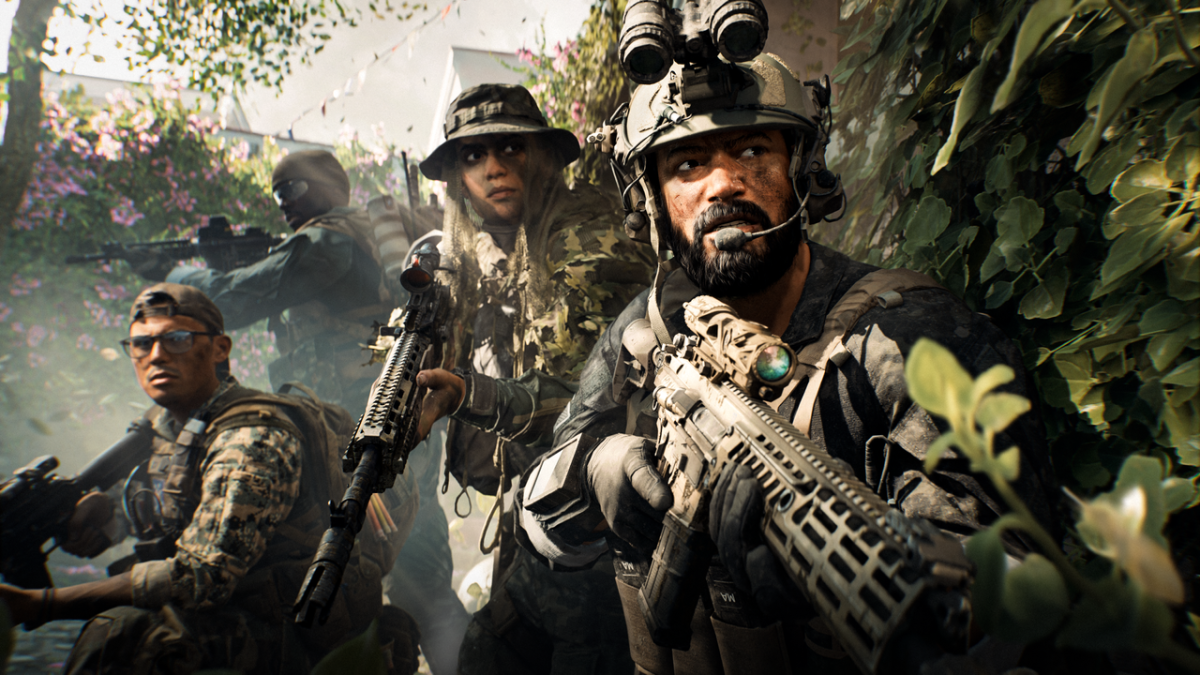Hyrule Warriors: Age of Imprisonment is fine. Its also the most disappointing Switch 2 exclusive.


While there’s been some disappointment online with the Nintendo Switch 2’s early lineup, I think history will mostly exonerate it. Mario Kart World and Donkey Kong Bananza are both a step above what you normally get in the first six months of a new platform’s existence, and Pokémon Legends: Z-A is a good time, too.
Unfortunately, it’s just a fact of gaming life that there will always be at least one relative disappointment in any console’s launch window, and this time it’s Hyrule Warriors: Age of Imprisonment. It’s nothing personal, but this is how it always goes. The latest Nintendo-fied spinoff of the long-running Dynasty Warriors franchise builds up some goodwill in its opening hours with substantially better visuals and performance than any of its predecessors, as well as the general novelty of seeing Princess Zelda murder like 10,000 identical enemies with one attack.
But that’s kind of all it has going for it. Age of Imprisonment‘s mechanical foundation fails to meaningfully evolve over the 20-30 hours it takes to finish the story, leaving us with a game that plateaus in quality way too early.
Maybe Age of Imprisonment‘s story didn’t need to be told

Credit: Nintendo
Age of Imprisonment carries the torch from 2020’s Age of Calamity, in that it serves as a prequel to the most recent mainline The Legend of Zelda title. While Age of Calamity was set 100 years before Breath of the Wild, this game brings players to an ancient version of Hyrule, millennia before Tears of the Kingdom. Princess Zelda has unwillingly spirited away to the distant past and has to help the leaders of ancient Hyrule fend off the demon king Ganondorf, all of which is covered vaguely in flashbacks in Tears of the Kingdom.
The point of Age of Imprisonment, I guess, is to give us a deeper and more nuanced look at the events of the frame story in Tears. This is somewhat interesting in theory, but in practice, there just isn’t much to chew on. I’ll keep this as vague as I possibly can, but most of the characters besides Zelda herself are paper-thin and don’t really feel like they’re going to become series mainstays anytime soon. Its premise is also, simply, that there’s a war to be fought, so you gotta go fight the war.
Age of Imprisonment never really manages to find much of a hook to keep things interesting. I will give it points for the introduction of a playable Korok (the little plant guys you find dotted all over the last two Zelda games), as well as one or two other characters that I can’t really talk about. But overall, the tone of the cutscenes is so dry (and the things occurring in them so uninteresting) that it’s hard not to grab your phone while they’re happening. Even as a guy who cares about Zelda lore, I didn’t find much to care about here.
Speaking of tone, I have a real gripe with this game and Age of Calamity: They’re way too buttoned-up. Other Warriors-branded games like Dynasty Warriors proper, or even the Fire Emblem ones, are full of shredding electric guitar and other stylistic flair that make up for fairly basic narratives. That’s not really the case here. Aside from a handful of fun finishing move animations, Age of Imprisonment could really stand to loosen its tie and have a little more fun with itself. At least give me some shredding, guys. Come on.
The part where you play Age of Imprisonment can be enjoyable

Credit: Nintendo
Like every other Warriors game, Age of Imprisonment starts with the premise that it’s fun to kill literal hundreds of enemies with one combo and goes from there. For the most part, that stuff works.
In case you’ve never played one of these, here’s a bit more context. You get access to a large, varied cast of playable characters, and you use them to defeat massive hordes of enemies across sprawling levels that include outposts to capture, hidden treasures to find, and bosses to kill. Combat is as simple as alternating between light and heavy attack buttons to take down waves of cannon fodder enemies, while occasionally sparring with a bigger miniboss-style enemy that usually requires that you deplete a stun meter in order to deploy a big finisher on it to end the fight.
The folks at Koei Tecmo (stewards of the Warriors franchise and credited co-developers on this game) have honed this down to a science. It’s innately satisfying and fun to use ludicrous-looking attacks to mow down scores of bokoblins, for a while, at least. Age of Imprisonment seems like a pretty good game for the first five to 10 hours, but after about that long, I started to realize that everything I just described is basically all this game has going for it. Yes, there’s a between-mission map screen where you can invest items and money you’ve amassed to upgrade characters and weapons, as well as dozens of incredibly dull optional missions to assist in collecting said items and money, but that’s about it, outside of the main story missions.

Credit: Nintendo
Even those story missions rarely offer anything beyond running to the next objective marker and killing whatever miniboss happens to be there. As a bonus, it’s probably something you’ve already fought 50 times, and the 51st time isn’t going to be much more engaging or challenging than the first time. One of the popular knocks on Dynasty Warriors and its spinoffs by detractors has always been that the games are repetitious and simple, but plenty of them offer at least some tactical depth or between-mission nuance that just feel missing here. You technically can order your allies around on the map, but there’s rarely any reason to do so. I’d also contrast it with Fire Emblem Warriors: Three Hopes, which had an entire base you could run around between missions, complete with allies to hang out with and a bunch of layered upgrade systems that fed into the action more satisfyingly than anything does here.
Age of Imprisonment simply lacks meat on the bone compared to some of its contemporaries. I kept waiting for it to expand and become a more difficult game that required just a tiny bit more brainpower, but it never did. What you do in hour 20 feels almost exactly the same as what you were doing in hour two.
At least it runs well

Credit: Nintendo
While Age of Imprisonment never fulfills its narrative or mechanical potential, it is a fairly compelling showpiece for the Switch 2. I don’t normally like to factor technical performance too much when evaluating a game, as games are art and not products, but this is worth talking about. Age of Calamity on the OG Nintendo Switch was a nightmare from a performance standpoint, frequently running well below 30 frames per second anytime the action got too hot. It didn’t run at a very high resolution either, creating a blurry, jerky experience.
By contrast, Age of Imprisonment runs at something resembling a real HD resolution with nearly flawless 60 frames per second performance. I wasn’t playing with a frame counter on or anything, so I can only go by what my eyes told me. But I never noticed anything more than a very mild, momentary drop when there were hundreds of guys on screen with combat effects going off all over the place. There are certainly no performance problems that impact playability here, and given the history of the Hyrule Warriors sub-series in this regard, I think that’s worth commendation. The load times are snappy, too, as a nice bonus.
I just wish there were more to discuss here. Hyrule Warriors: Age of Imprisonment feels like someone built a decent foundation for a house and then forgot to build the rest of it. It’s fun in short doses, and certain levels and sequences are outright good, but the experience is just too thin overall. It might be time to try this formula out with a different Nintendo series.


